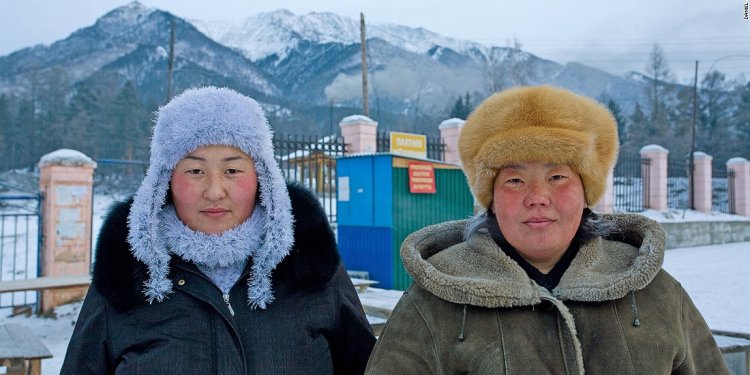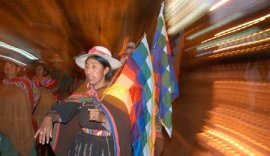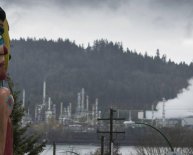
Indigenous inhabitants
 At the very least 370 million people globally are believed becoming indigenous. Many of them reside in remote regions of society. Native individuals are divided into at the very least 5000 individuals including the forest peoples for the Amazon on tribal peoples of Asia and from Inuit regarding the Arctic on Aborigines in Australia.
At the very least 370 million people globally are believed becoming indigenous. Many of them reside in remote regions of society. Native individuals are divided into at the very least 5000 individuals including the forest peoples for the Amazon on tribal peoples of Asia and from Inuit regarding the Arctic on Aborigines in Australia.
Indigenous individuals do not always claim to be the only people indigenous to their particular nations, but in numerous situations native individuals tend to be certainly “aboriginal” or “native” to the lands they reside in, being descendants of the individuals that inhabited a territory just before colonization or formation of this current state.
Native individuals have actually unique distinct languages, countries, and personal and political organizations which are different from those of mainstream culture. While native individuals face the exact same connection with discrimination and marginalization as various other cultural minorities, you will find very important differences in terms of their rights and identification.
Collective liberties
Unlike other cultural minorities, that struggle to protect their particular rights on a person degree, indigenous individuals have constantly stressed the need to recognize their collective liberties. The us Declaration in the Rights of Indigenous Peoples (UNDRIP) acknowledges these collective legal rights. The UNDRIP was used by the UN General Assembly in 2007.
Self-determination
Today, numerous native individuals are still excluded from culture and deprived of the rights as equal citizens of a state. Nevertheless they truly are determined to preserve, develop and transmit to generations to come their ancestral regions and their ethnic identity, insisting on their directly to self-determination.
Self-identification
Self-identification as a native individual and acceptance as such by the team is an essential part of indigenous peoples’ feeling of identification. Their particular continued presence as peoples is closely attached to their particular chance to influence their particular fate also to live in accordance with their very own social patterns, personal organizations and appropriate systems.
Land rights and all-natural resources
Native individuals usually inhabit land, which will be abundant with minerals and all-natural sources. Native individuals have prior rights to their regions, places and resources, but usually these happen taken from all of them or they have been threatened to go out of. Indigenous peoples face severe difficulties particularly continual threats of territorial intrusion and murder, plundering of the resources, social and appropriate discrimination, and insufficient recognition of one's own organizations.
Concept of the concept of 'indigenous individuals'
There's no universal and unambiguous concept of the idea of 'indigenous peoples', but there are certain requirements through which native individuals globally are identified and where each group is characterised.
See also:
- uber Canada promo code 2026 https://redemption-code.com/uber/

















